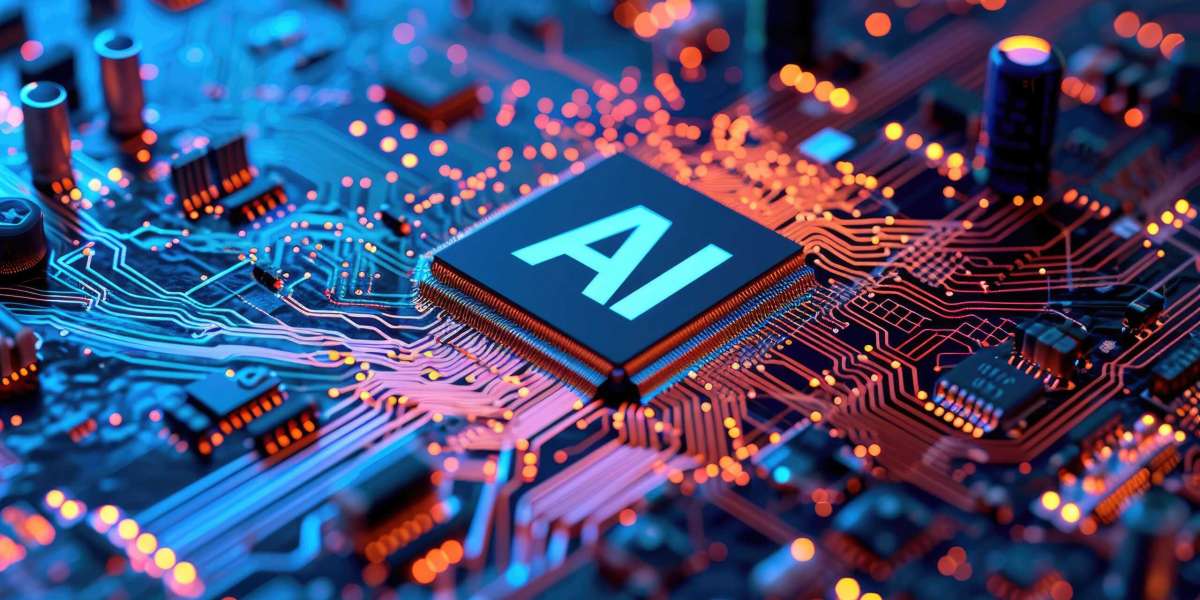In the age of artificial intelligence, the lines between human-generated and machine-generated content are becoming increasingly blurred. As tools like ChatGPT, Bard, and DALL·E redefine content creation, the demand for systems that can identify AI-generated content has surged. Enter the AI Detector and KI Detector—essential tools in a world dominated by intelligent algorithms.
What Is an AI Detector?
An AI detector is a tool or software application designed to analyze and determine whether content—be it text, image, video, or audio—was created by artificial intelligence. These detectors use machine learning and natural language processing (NLP) to identify patterns that differ from human behavior.
Popular AI detectors analyze:
Perplexity and burstiness in text
Metadata and inconsistencies in images
Voice modulation in audio files
They provide a probability or score to indicate the likelihood that the content was AI-generated.
What Is a KI Detector?
The term “KI Detector” is the German equivalent of “AI Detector,” where KI stands for Künstliche Intelligenz (Artificial Intelligence). Just like AI detectors in English-speaking contexts, KI Detektoren serve the same purpose in German-speaking regions—detecting and flagging content created by AI models.
As AI adoption increases in Europe, KI detectors are gaining traction in:
Education
Journalism
Legal systems
Digital marketing
How AI and KI Detectors Work
AI and KI detectors leverage various algorithms and data analytics techniques to determine content origin. Here’s how:
1. Text Analysis
Perplexity: AI-generated content is often more predictable and has lower perplexity than human writing.
Sentence variation: Humans use more complex, irregular sentence structures.
Stylistic cues: AI lacks emotional nuance, irony, or subtle linguistic variation.
2. Image Detection
GAN Artifacts: Generated images often contain small flaws, like asymmetrical faces or unnatural lighting.
Pixel analysis: AI tools leave patterns that differ from traditional photography.
3. Audio and Video Analysis
Voice frequency: AI-generated voices often have smooth, emotionless tones.
Lip-sync issues: In video, mouth movements may not align perfectly with speech.
These factors help AI and KI detectors make informed judgments about the origin of digital content.
The Importance of AI/KI Detectors in Today’s Digital Age
As the use of generative AI becomes mainstream, the need for detection tools becomes critical. Here’s why:
1. Academic Integrity
Students are increasingly using AI tools to write essays and assignments. AI detectors help maintain fairness by identifying non-original work.
2. Journalistic Authenticity
Fake news and AI-generated propaganda are growing concerns. Media outlets use AI detectors to verify source credibility.
3. Cybersecurity
AI is being used in phishing scams, deepfakes, and social engineering attacks. Detection tools help prevent data breaches.
4. Legal and Ethical Compliance
As global regulations evolve, businesses need to verify AI-generated content to ensure transparency and compliance.
Popular AI and KI Detectors in the Market
Here are some top-performing AI and KI detection tools available globally:
1. GPTZero
One of the first detectors built specifically for educators, GPTZero evaluates burstiness and perplexity to flag AI-generated text.
2. Originality.AI
Widely used by publishers and marketers, it offers both plagiarism and AI detection in one platform.
3. Sapling AI Detector
This tool is used in customer support and HR departments to ensure that written communication is genuinely human.
4. Copyleaks AI Detector
Supports over 30 languages and integrates with learning management systems (LMS) for academic institutions.
5. Hive Moderation
Primarily used for detecting AI-generated images and videos, Hive is popular among social media platforms.
Who Uses AI and KI Detectors?
The applications of these tools span various industries:
Educators and Schools: To uphold academic honesty
Media Houses: For verifying news articles and interviews
Law Firms: To authenticate digital evidence
Marketing Teams: To ensure originality in brand communication
Government Agencies: For misinformation and deepfake detection
The rise in usage indicates a growing concern over AI misuse and the need for monitoring systems.
Benefits of Using AI and KI Detectors
Using AI and KI detector offers numerous benefits:
1. Maintains Trust
In journalism, academia, and legal systems, authenticity is everything. Detection tools help preserve trust.
2. Saves Time
Quick scanning of content to determine AI usage can save hours of manual review.
3. Prevents Legal Trouble
Avoiding the publication of plagiarized or AI-fabricated content protects organizations from lawsuits.
4. Enhances Accountability
Content creators are more likely to act ethically if they know AI usage can be detected.
Challenges in AI and KI Detection
Despite their usefulness, detection tools are not without limitations:
1. False Positives
Sometimes human-written content is wrongly flagged as AI-generated.
2. Evolving AI Models
As generative models become more advanced, they mimic human writing more convincingly, making detection harder.
3. Language Support
Many detectors work best with English and struggle with other languages, limiting global application.
4. Data Privacy
Uploading sensitive documents to third-party detectors may risk data breaches if privacy policies aren’t clear.
Tips for Effectively Using AI/KI Detectors
To get the most out of these tools, follow these best practices:
Use multiple detectors to cross-verify results
Focus on high-confidence scores
Always manually review flagged content
Understand the limitations and don’t rely solely on the tools
Educate your team on ethical AI use
The Future of AI and KI Detection
The need for AI/KI detectors will only increase in the coming years. Future trends may include:
Real-time AI detection embedded in browsers and platforms
Blockchain-based content verification for enhanced authenticity
AI self-declaration standards, where AI-generated content must include metadata
AI detection as a legal requirement in regulated industries
The balance between using AI and detecting its use will shape the next phase of the digital revolution.
Conclusion
As artificial intelligence becomes a foundational part of modern life, distinguishing between human and AI-generated content is more important than ever. Both AI Detectors and KI Detectors are essential tools for ensuring content integrity, trustworthiness, and compliance in our digital interactions.
Check out new and latest article to see by clicking here.






